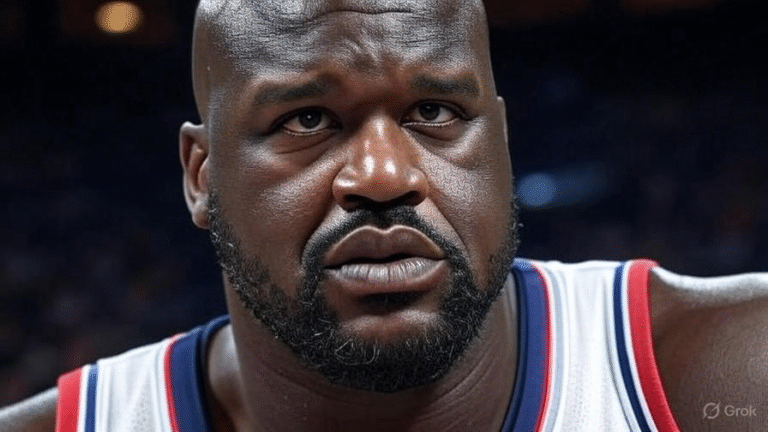John Kopecky, a salesman from Colorado Springs, had big plans for the upcoming weekend. He shelled out nearly $3,000 for flights, hotel stays, and four tickets to see Caitlin Clark’s game this Friday night, where the Indiana Fever would face the Connecticut Sun in Indianapolis. His family—his wife, his 14-year-old daughter, and her basketball teammate—were all excited to witness Clark in action. But on Monday afternoon, everything changed. Kopecky saw a social media post revealing that Clark had suffered a strained left quadriceps and would be sidelined for at least two weeks. Right away, he and his wife decided to cancel their travel plans, hand off their tickets to a friend in Indianapolis, and instead check the Fever’s August schedule for another opportunity to catch a game.

“Once I learned Caitlin wasn’t going to play, it just didn’t make sense to fly to Indianapolis,” Kopecky said during a phone interview Tuesday. “We’re fans of Caitlin first and the Fever second. She’s the main reason the girls wanted to go. The whole point was to see her play. When she got injured, we figured, why not just wait until August?”
Kopecky’s story isn’t unique. The ripple effect of Clark’s injury is hitting hard across the league. Ticket prices for the Fever’s next four home games on the resale market have plunged sharply, as fans—and even the WNBA itself—grapple with the reality that their biggest star, a once-in-a-generation talent and the most significant draw in women’s basketball history, will be out for a while. The steepest drop is for the June 7 Fever-Sky game at Chicago’s United Center, a massive arena with 23,500 seats. In just under two days, ticket prices for that game have dropped by more than 300 percent.
I’ve noticed this shift firsthand. Last week, I bought four tickets on StubHub to take my nieces, both avid basketball players, to the Fever’s game against the Washington Mystics in Baltimore. Since then, tickets in the same section are selling for less than half of what I paid. Come game time, they might practically be giving those tickets away. Despite that, we’re still planning to go.
The irony of this game being in Baltimore is notable. The Mystics relocated it from their usual 4,200-seat D.C. venue to the 14,000-seat CFG Bank Arena to capitalize on Clark’s massive appeal. The usual home for the Fever, the Capital One Arena in D.C., which Clark and the Fever sold out twice last season—including once for a record-setting WNBA regular-season crowd of 20,711—is undergoing renovations, forcing the move.
Clark’s accolades are nearly endless, but one statistic stands out: during her record-shattering rookie season last year, the Fever’s average home attendance soared to 17,036. That figure not only led the WNBA by a wide margin but also surpassed the average home attendance for five NBA teams in the 2023-24 season—the Indiana Pacers, Atlanta Hawks, Washington Wizards, Memphis Grizzlies, and Charlotte Hornets. This detail, revealed in my upcoming book On Her Game: Caitlin Clark and the Revolution in Women’s Sports, underscores just how unprecedented Clark’s impact has been.
If anyone still doubts Clark’s transformative influence on the league and women’s sports, consider this: she attracts audiences who may have never tuned into women’s basketball before. Her stardom shines a light on an incredibly talented league composed of players who are 74 percent Black or mixed race—athletes who historically have not received the recognition or media attention they deserve from a male-dominated sports landscape and a broader American fan base—until Clark arrived.
Clark’s effect extends beyond arenas, too. TV ratings for her games are consistently sky-high. In the 2024 regular season, of the 23 WNBA games that drew at least one million viewers, Clark featured in 20 of them. Fox Sports reports that games with Clark averaged 1.178 million viewers, while games without her drew just 394,000 on average. This is why the Fever have 40 out of 44 games nationally televised this year—the most of any team.
Monday’s news about Clark is more than just an injury update; it signals a serious hit to the league’s biggest financial asset. Last December, The Indianapolis Star cited research from Dr. Ryan Brewer of Indiana University Columbus showing Clark was responsible for 26.5 percent of all WNBA league-wide activity in 2024—including attendance, merchandise sales, and TV ratings. In other words, one out of every six tickets sold at WNBA games could be directly linked to Clark.
NBC News later asked Brewer to forecast Clark’s impact for the 2025 season—before her injury. The estimate? Nearly $1 billion in economic influence.
That’s how vital Caitlin Clark is to the WNBA. Yet, despite the magnitude of this moment, the league has remained silent. After three requests for comment on Clark’s injury and its implications, a WNBA spokesperson never responded.
Injuries happen, but losing a star like Caitlin Clark hits the league in a way few others ever could. Fans, teams, and the entire sport feel the weight of her absence—and for good reason.



